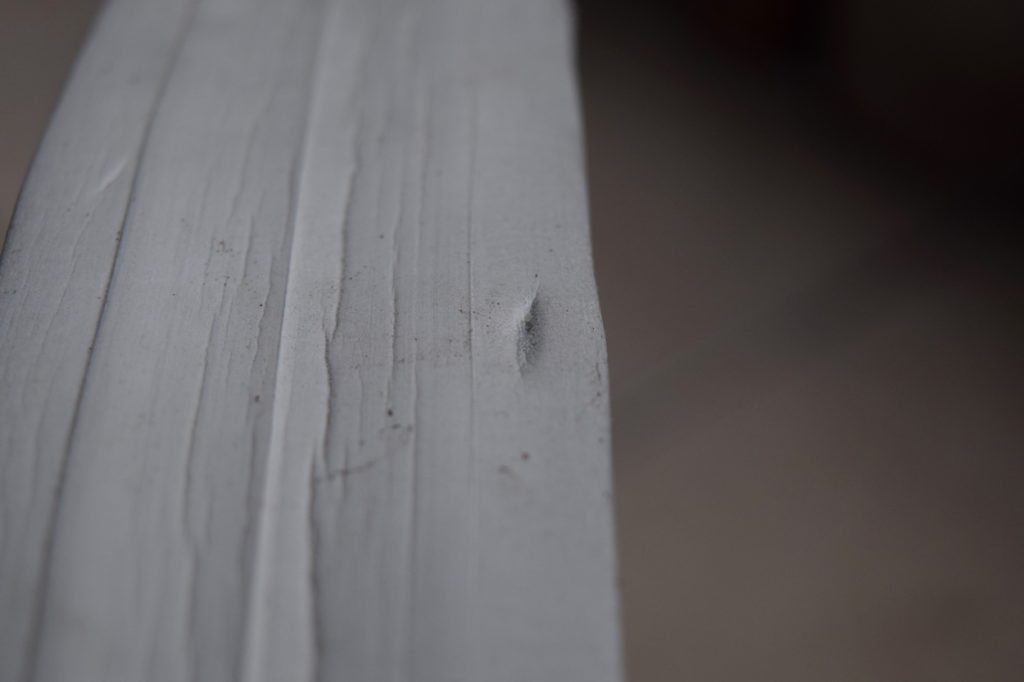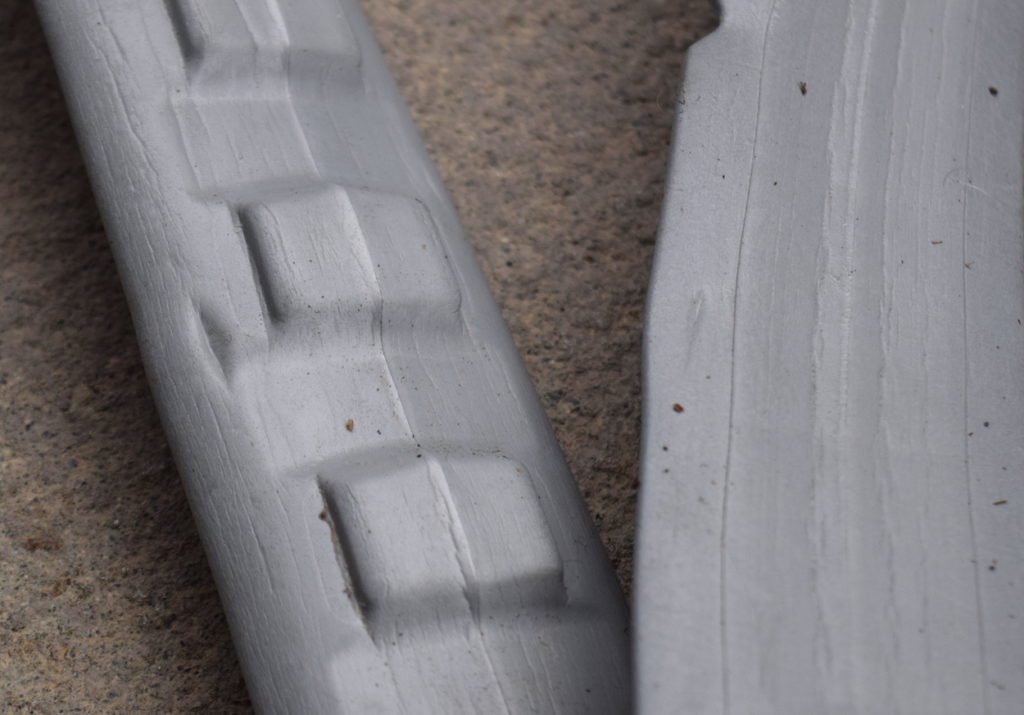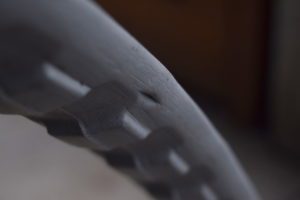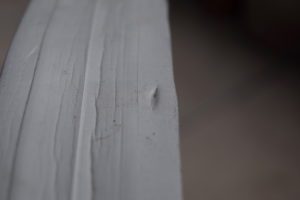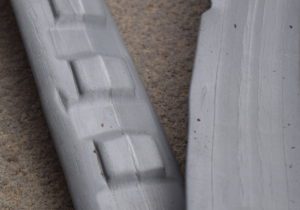Review: CushCore XC sheds grams and goes fast
Lighter option makes up for added weight and brings tire inserts to the cross country crowd

Since being introduced to mountain biking several years ago, tire inserts have quickly gained traction. This is especially true in the more gravity-fed disciplines, where weight isn’t as much of a factor. With CushCore XC, the Bend, Ore. brand is looking to greatly expand the market for tire inserts.
I’ve had the chance to ride the new, lighter version of CushCore’s original insert for several months now. After abusing it on trails across B.C., from cross country riding to long descents well into the “trail” side, CushCore XC has proven well worth its weight. With this lightweight version available, the range of riders interested in tire inserts should expand greatly.

Same purpose – lighter weight
CushCore XC is a closed-cell foam insert, which is mounted over the rim, inside the tire. While tire inserts are often thought of as a way to prevent flat tires and protect the rim, CushCore’s design does much more than that.
CushCore goes one step further than some other inserts, adding sidewall and bead support to its design. The insert holds the bead onto the rim, preventing burping – or sudden loss of air pressure – under heavy cornering loads. The sidewall support prevents the tire from folding, or squirming under load. These added supports let you run lower pressure while still maintaining tread shape, improving grip and traction while cornering.
Run lower tire pressures with can improve rolling speed on rough ground. The added rim and tire protection are also relevant to cross country riding and racing. But it is the latter performance benefits that could be the biggest attraction for the XC and weight-conscious trail crowd.
These are the same benefits the original insert offers. But CushCore XC brings this down to a weight that is more palatable to gram-counting cross country racers. The lightweight version cuts a significant amount of material out from where the insert pushes down into the rim bed.
CushCore XC is available for 27.5″ or 29″ wheels. It is designed to work with inner rim widths between 22 mm and 32 mm. Suggested tire widths range from 1.8″ – 2.4.”
How much weight do you save going from Cushcore Pro to XC? A full 110 grams, per tire. CushCore XC is just 140 g for 27.5″ wheels, and 150 g for 29″ hoops. (CushCore Pro is 250 g and 260 g, respectively). It’s not an insignificant weight, especially as it is rotating mass. The question is, are the performance benefits worth the added grams?
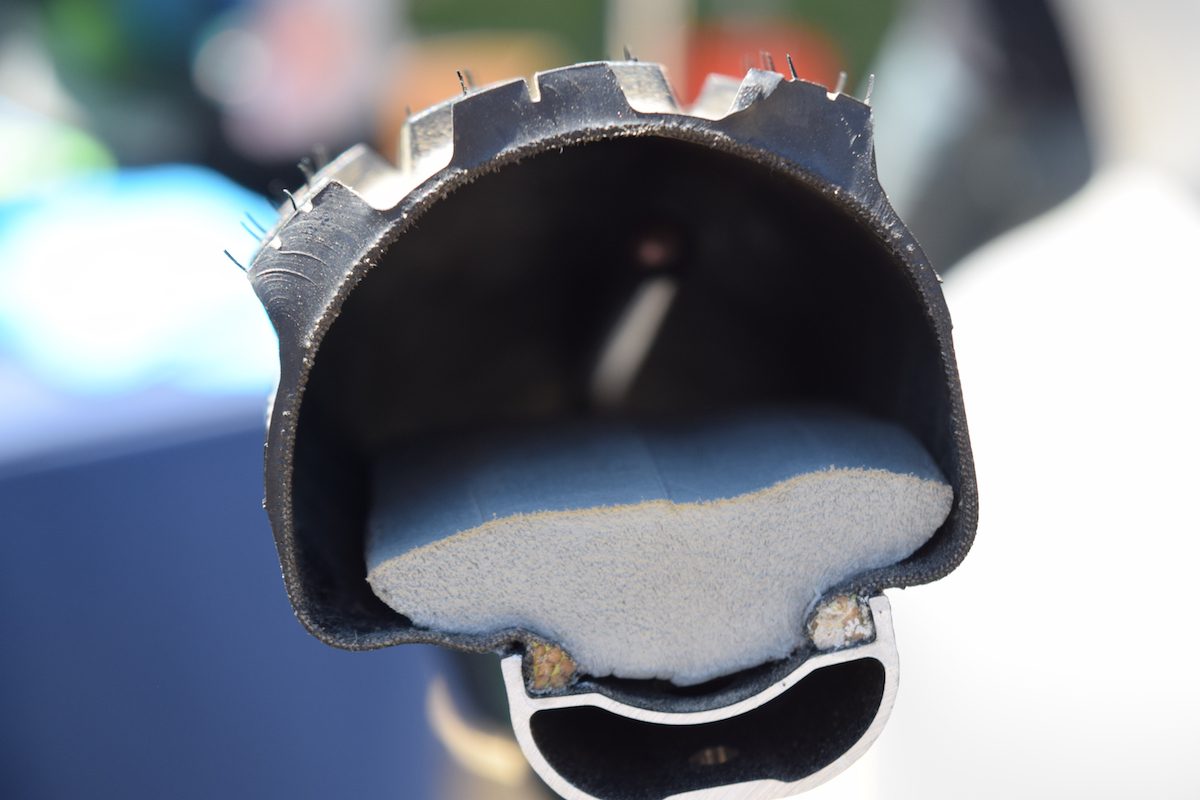
On the trail. More than just flat protection
Once I had CushCore XC installed (more on that below) and hit the trails, the benefits of CushCore XC quickly became apparent. Starting on the climb, the tires clung to roots and off camber rocks. I could climb seated through rougher sections, with smoother power, and hold more momentum.
Any time the speed picked up or the trail pointed back down, the benefits were more obvious. The combination of sidewall support and lower tire pressures made for a feeling of endless traction in corners. I found I could really push into corners and feel the tread working to hold traction. This without the whole tire feeling like it was squirming or threatening to fold.
By the end of the test, I was confidently running pressures 4-5 p.s.i. lower than I would without CushCore, without the tire feeling squirmy or unstable. When I pushed this to see how far I could go, I was able to run pressures into the 15 – 16 p.s.i. range on wetter, technical rides. At this point, I could feel the tire moving more under me, but without the tire burping or feeling like it was folding. (For reference, I’m 80 kg. On the same ride without inserts, I would have to run 25 p.s.i. rear and 23 front to not touch the rim too hard.)
CushCore’s benefits complement each other in a sort of cyclical way. Allowing you to safely run lighter tires at lower pressures decreases rolling resistance and improves grip, which lets you ride faster, uphill and down. Higher speeds over rough terrain is when the flat and rim protection part of CushCore kicks in. The added padding gives you confidence to keep riding at higher speeds knowing there’s a much lower chance of a flat or damaging your rim on a big hit or errant rock.
Of course, it’s not all roses. The weight of CushCore XC can be felt while riding. This affects climbing and acceleration, which will be more of a concern for the cross country crowd. It is, though, a trade-off for better traction, and the ability to carry more speed safely over rough ground. How that math works out will likely depend on where you ride and your riding style.
Who is CushCore XC for?
I think CushCore has promise for a wide range of riders, and for a wide range of reasons. There were rides when I was really happy to have the safety of extra rim protection. This was especially true when running light tires on faster trails, where one errant rock could cause a flat, or damage a rim. On the other end, when riding the slow, technical trails littered with greasy rocks and roots around Victoria, B.C. I was happy I could run low pressures for the added traction without worrying about burping or flatting the tires.
In both of these scenarios, CushCore XC let me ride faster and feel safer at those speeds. In my mind, and on the local B.C. trails I spend most of my time on, that’s absolutely worth the added weight. Whether its for racing local cross country events or to have more fun on your next trail ride without the full weight of CushCore Pro, the XC inserts can improve your ride.
Will you see your favourite World Cup XCO pro’s running CushCore XC anytime soon? Maybe not. The weight penalty is still a significant issue at the highest levels of competition. But inserts have been picked up quite a bit in World Cup downhill. Loic Bruni rode CushCore Pro to an incredible World Cup / World Championships double in 2019. Flat tires definitely haven’t disappeared in Downhill but, since some inserts like CushCore help hold the tire on the rim, more riders are finishing their race runs when they do flat.
With four of the five top finishers in the elite men’s XCO race at Mont-Sainte-Anne having flat tires this year, all except Nino Schurter, all it could take is one big name making the switch. A few years ago, no one would have thought so many top racers would be running dropper posts, and now they’re somewhat commonplace on the World Cup circuit.
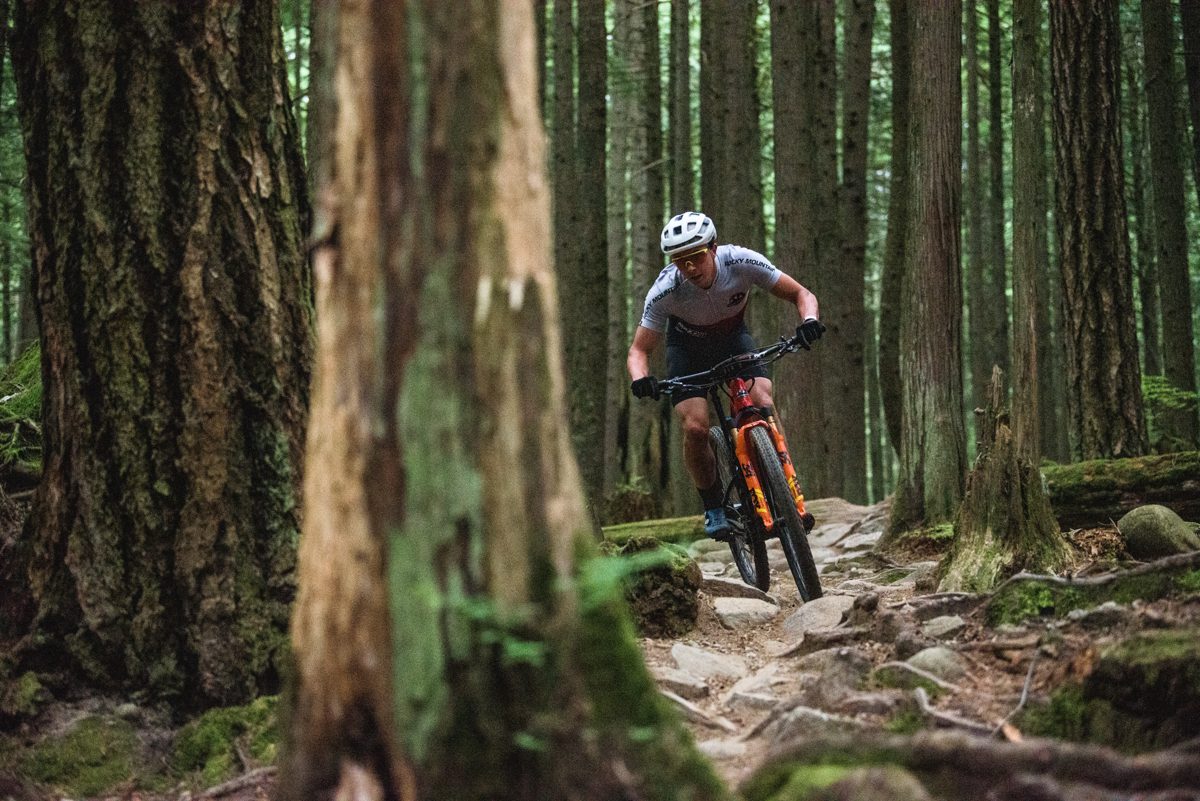
BC Bike Race winning tire inserts
One racer who has used CushCore to great success is Felix Burke. Earlier this season, the young rider was locked in an intense, closely fought battle with Geoff Kabush at the seven-day BC Bike Race. After several days of finishing within seconds of each other, Burke was able to distance the Canadian veteran. Burke was running CushCore XC for the stage race, and having only first installed it days before the started said there were several advantages that made him confident committing to running it during the race.
“I was super impressed with how the tired stuck to the bead and the feeling of riding low pressures without worrying at all about rolling the tire. I feel like that is the biggest advantage and I thought it would help a lot on the BCBR trails,” Burke said after winning the race. While they add weight, it also let Burke run a lighter tire than you would expect for the technical B.C. trails. “CushCore let me run lower pressures which let me run a faster rolling tire. I was debating [Maxxis] Ikons or Rekons, but I found the lower pressure made me feel confident on Aspens, since you get the extra traction.”

A CushCore for all trails, and more
In addition to the original CushCore Pro, and the tested CushCore XC, the brand now makes inserts for Plus (2.6″ – 3.0″ tires) and gravel / cyclocross (33 mm – 46 mm). The benefits of the system extend well beyond just flat prevention. Each size will highlight, or take more advantage of a different strength of the system. For cross and gravel, running lower pressures without flatting or burping will be key. For plus tires, increased sidewall support could improve the chubby tires performance significantly. I haven’t tested any of those, but based on how well the XC version performed in each of those areas, it’s easy to see how the insert could improve tire performance and ride feel.
CushCore XC – Price and verdict
CushCore XC comes in at $150.00 USD for two inserts and two valves. You can order online directly through CushCore or through local dealers.
For the combination of improved performance and increased protection, the cost is clearly worth it. I’m confident in saying its saved me from flat tires on more than one occasion since installing, and likely prevented rim damage at least once. A couple of those were on remote, epic rides, so getting back to the car trouble free was worth it to start. That CushCore makes the tire perform better makes it even more worth it. I have a way of denting rims and pinching tires, especially when running lighter XC tires. Rims are expensive, and good tires aren’t exactly cheap. CushCore XC will be staying on my bike for cross country and every day trail riding for the foreseeable future.
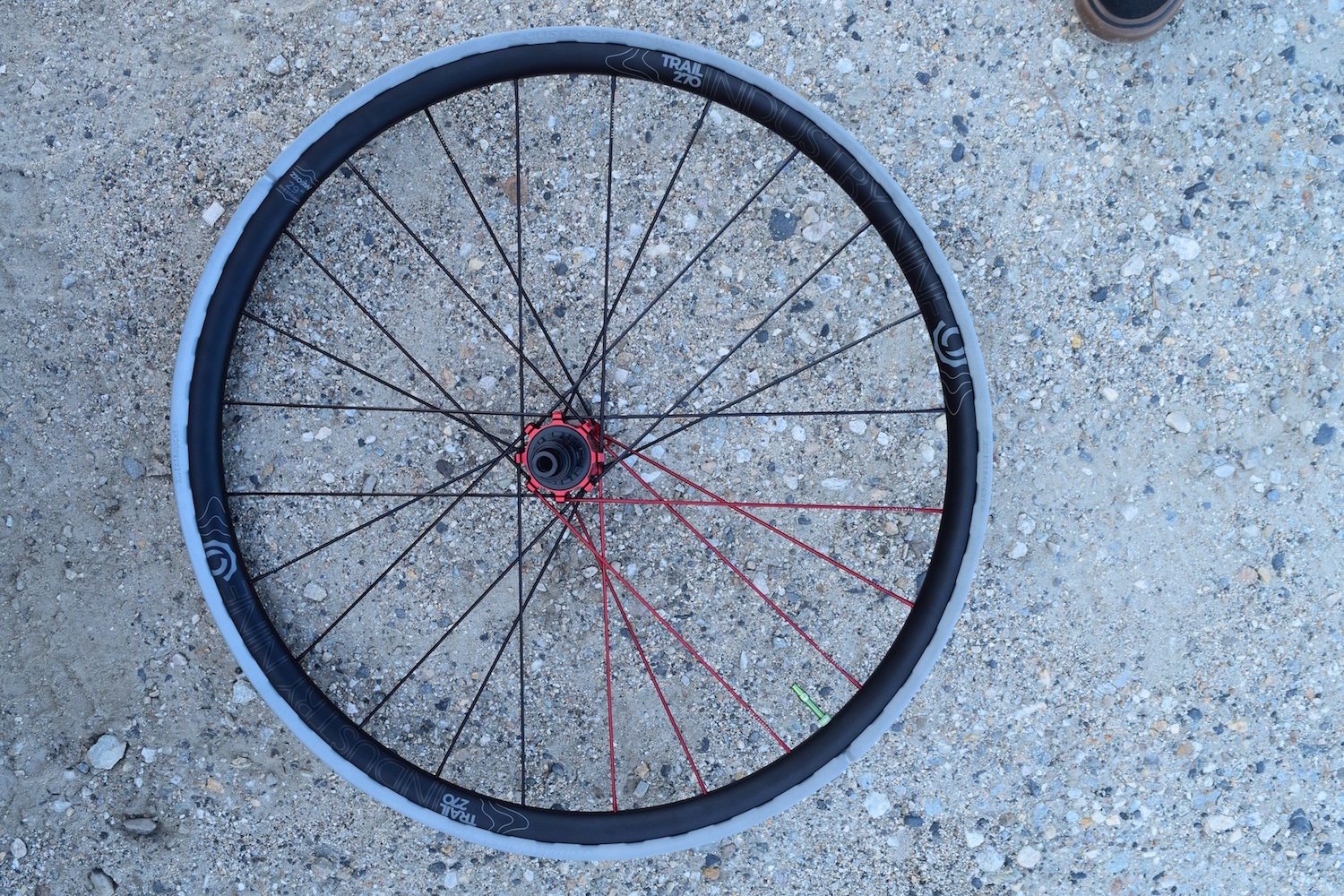
A note on installing CushCore
Leading into the test, one apprehension I had was how difficult the inserts would be to install. It turns out, like many things, following the instructions helps. It still does take a little bit of extra time, but minutes more than a normal tire not tens of minutes more. CushCore even has a host of helpful videos on its website covering installation, troubleshooting, and removal.
Of course, I watched none of these and tried to install the inserts in a parking lot before a ride. The first tire was frustrating and took longer than it should have. Until, of course, I figured out what I was doing wrong. The second tire, and subsequent tires, have all been much easier. I’ve changed tires several times with just tire levers and a floor pump.
The key step is remembering to push the tire bead down into the centre of the rim bed. It’s something many riders would do without thinking about when installing a tire without an insert. But CushCore starts working as you install it, pushing the tire bead securely up against the rim. So, if you don’t intentionally go back and push the tire bead down into the centre of the rim, getting the last bit of the tire over the rim can be a bit of a bear. Once I realized I was missing this step, installation was much easier. Turns out the best time to ask for directions is before you get lost.
The upside of this extra step was that it gave an immediate sense of how much work CushCore was doing to hold the tire onto the rim. This gave me much more confidence to start riding with lower pressure than normal. As mentioned, I was able to run significantly lower tire pressures with the inserts installed.

